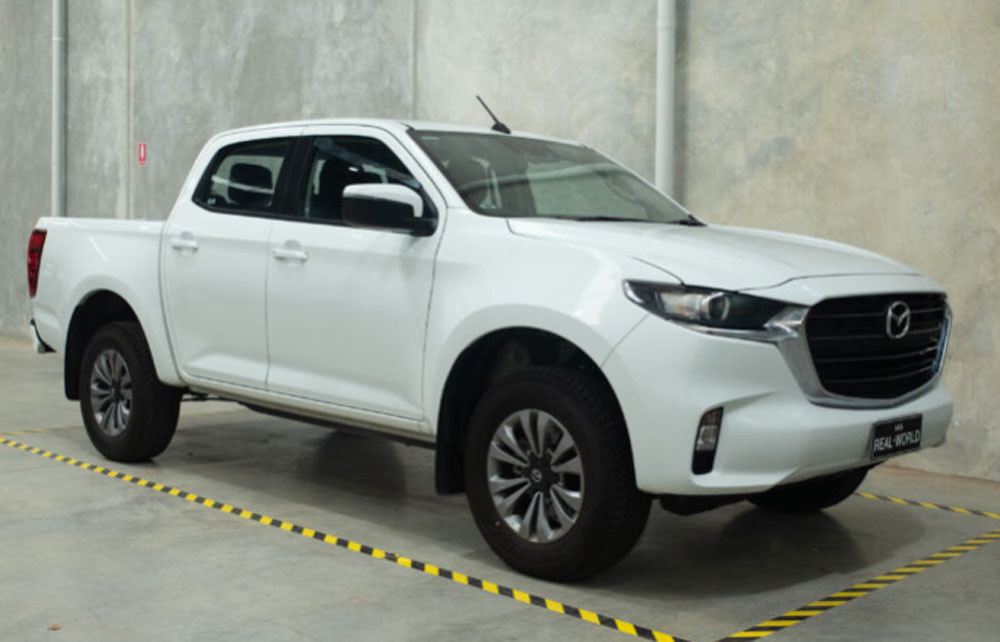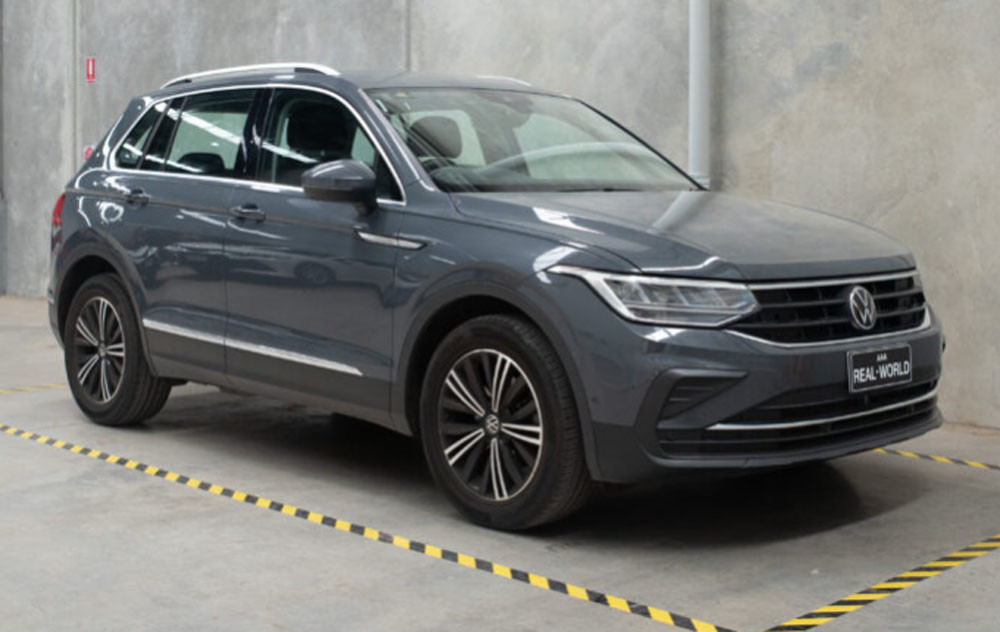Community
10 June, 2024
Fuel use in real world far more genuine than in lab
THE Australian Automobile Association (AAA) has completed the third round of its ongoing Real-World Testing Program (RWTP).

Eight out of 21 cars tested in the latest round, covering a mix of SUVs, passenger cars and utes, recorded fuel consumption levels between six per cent and 31 per cent higher than in their laboratory test results
The Suzuki Swift returned the highest deviation of 31 per cent with a real-world fuel-consumption figure of 6.3L/100km, compared to its 4.8L/100km lab test result.
The AAA said the discrepancy between the Swift’s lab result and its real-world result was significantly higher than the previous highest deviation of 16-18 per cent.
The Japanese hatchback also recorded on-road carbon monoxide emissions more than double the regulated lab test limit.
The Subaru Forester Hybrid was another vehicle to use significantly more fuel in real-world testing than it achieved in laboratory tests.
Despite being a hybrid, the Forester’s 7.4L/100km was 10 per cent higher than its mandated lab result (6.7L/100km) and only slightly better than the 7.7L/100km real-world results of its larger and more powerful stablemate, the Outback.
Eleven other vehicles delivered fuel consumption within five per cent of lab test results, while eight exceeded their lab test fuel consumption by six per cent or more, and two vehicles had on-road fuel consumption 10 per cent to 13 per cent lower than their lab results.
RACQ principal technical researcher Andrew Kirk said that, even though some vehicles accurately depicted their fuel consumption on the windscreen label and a few even used less fuel, the majority tested so far had used more fuel than indicated on the label.
“Buying a new car is a huge investment and motorists deserve to know how their vehicle is likely to perform in Australian conditions,” he said.
“If a car you’re interested in will use more fuel in the real-world compared to its reported lab results, that has a direct impact on your hip pocket at a time when many Australians are watching their every dollar.”
In addition to the Swift, the on-road emissions of five other vehicles exceeded current or future Australian regulatory lab limits for tailpipe emissions.
AAA managing director Michael Bradley said the testing program was delivering surprising results.
“In our latest batch of results, there is a 44 per cent spread in the gap between the tested cars’ fuel consumption lab results and their on-road performance,” Mr Bradley said.
“One 1.2-litre vehicle had similar on-road fuel consumption to several 2-litre cars, and a hybrid SUV had higher petrol consumption than a similar-sized conventional SUV.”




